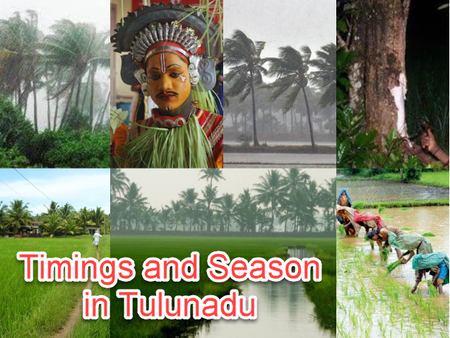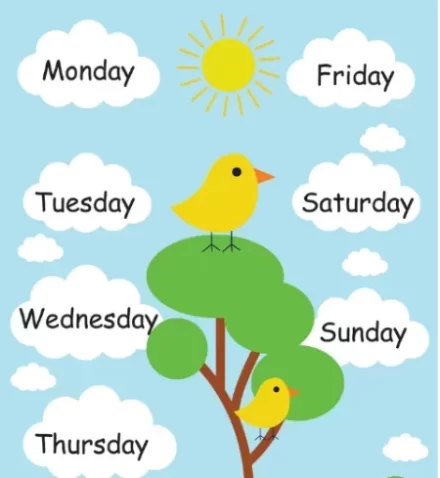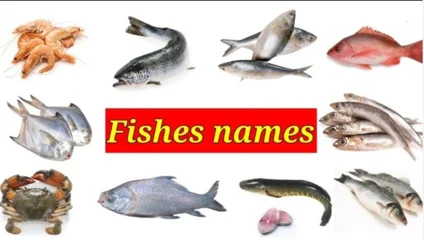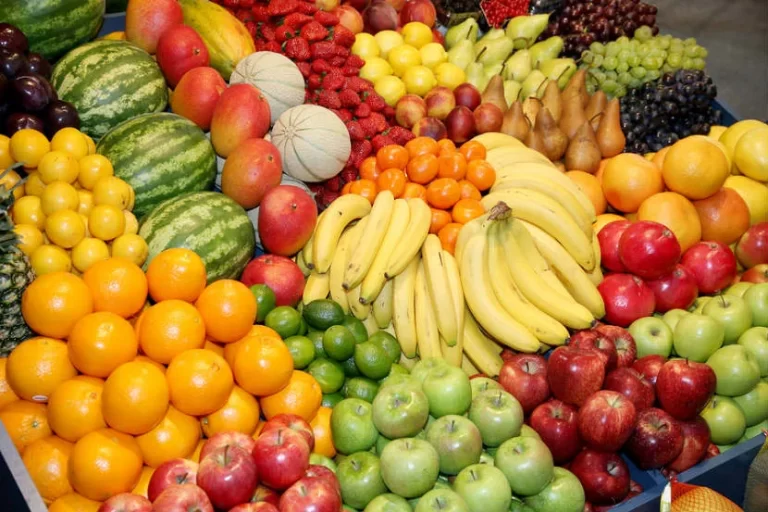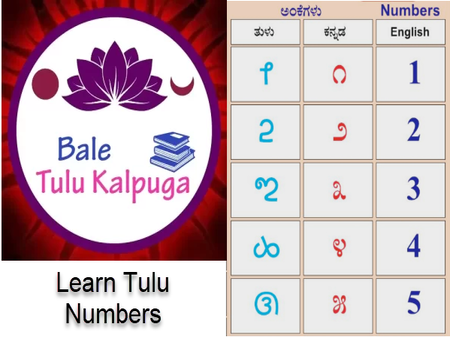Tulunadu Seasons
Tulunadu Seasons, Timings of the Day – Porthu – ಪೊರ್ತು – ಹೊತ್ತು in Common Tulu Words
Tulunadu Seasons – Tulu Nadu lies along the Konkan Coast. Tulu Nadu is bounded on the west by the Arabian Sea and on the east by the Western Ghats. With Chandragiri river forming a historical southern border. Tulu Nadu spans an area of 8,441 km2, roughly 4.4 per cent of the total geographical area of present-day Karnataka and Kasaragod district is the northernmost district of Kerala.
Tulu Nadu also experiences heavy rainfalls during Monsoon season. The coastal area of Tulu Nadu is very rich concerning rainforests and backwaters. The region has a tropical climate; with hot and humid summers, hot winter days, and heavy monsoon. Summer and winter months experience similar temperate conditions, with average temperatures ranging from 24–33 °C (75–91 °F) with monsoon having slightly cooler weather.
Monsoon starts in the beginning of June, heaviest rainfall during Aati month, which spans from mid-July to mid-august. Occasional rain persists till Deepawali and Marnemi(Navaratri)festivals in October-November. Winter lasts from December to early February. Summer from mid-February till May. With occasional tropical rain during April and may.
Here is the table for the Timings of the day, Seasons etc. in Tulu and Kannada
Serial Number/Picture | Timings and Seasons in English | In Tulu | In Kannada |
1 | Morning | Kaande | Beligge |
2 | Afternoon | Bedi or Madhyanna | Madhyanna |
3 | Evening | Bayya | Sanje |
4 | Night | Raathri | Raathri |
5 | Dawn | Pulle Kaande | Nasuku or Bellam Beligge |
6 | Dusk | Kanth | Mussanje |
7 | Year | Orsa | Varsha |
8 | Last Year | Kari Varsa | Kaleda Varsha |
9 | This Year | Ee Varsa | Ee Varsha |
10 | Month | Thingol | Thingalu |
11 | Week | Vaaro | Vaara |
12 | Day | Dino | Dina |
13 | Sun | Sooryae or Nesar | Surya |
14 | Moon | Chandrae | Chadra |
15 | Sky | Baana | Aakasha |
16 | Earth | Bhoomi | Bhoomi |
17 | Soil | Mann | Mannu |
18 | Time | Porthu | Hottu |
19 | Moonlight | Thingolda Bolpu | Beladingalu |
20 | Light | Bolpu | Belaku |
21 | Full Moon Day | Punname | Hunnime |
22 | New Moon Day | Amaase | Amavaasye |
23 | Eclipse | Grahano | Grahana |
24 | Star | Nakshatra or Bolli | Nakshatra |
25 | Summer | Aregaala | Besigegaala |
26 | Winter | Chaligaala | Chaligaala |
27 | Rainy Season or Monsoon | Maryaala | Malegaala |
28 | Wind | Gaali | Gaali |
29 | Rain | Barsa | Male |
30 | Cold | Chali | Chali |
31 | Rain | Barsa | Male |
32 | Sunny | Dombu | Bisilu |
33 | Cloud | Mugal | Moda |
34 | Hot or Sweat | Sekhe | Sekhe |
35 | Perspire or Sweat | Begar | Bevaru |
36 | Flood | Bolla | Nere |
37 | Thunder | Thedil | Gudugu or Sidilu |
38 | Lighting | Minchi | Minchu |
39 | High Tidal | Ertae or Dinjel | Ubbara |
40 | Low Tidal | Jappel | Ilitha |
41 | Storm | Birugaali | Birugaali |
42 | Whirl Wind or Tornado | Suligaali | Suligaali |
Significance of Aati month in Tulunadu Seasons
The Hindu almanac is mainly based on region, culture, and traditional practices. There are different types of Hindu almanacs – Solar, Lunar, Lunisolar, and so on. Tulunadu is the land known as Sri Parashuram Kshetra and the Sree Kshetra of Deva and Daiva worshipping. This region follows Solar Hindu Almanac. This region of Karnataka has unique biodiversity, culture, and practices from the rest of the state. Solar almanac or Lunar almanac or any other Hindu almanac the year is divided into twelve months based on the six seasons. Each season is again characterized by ‘Swad’-taste mainly classified as sweet, salt, bitter, sour, pungent, and astringent. Tulunadu is a coastal belt plateau kind on the banks of the Arabian Sea. This region is bestowed with natural following rivers, tributaries, and streams all through the Western Ghats and reaching the sea.
There is a strong connection between nature and humans based on seasons, food, culture, and practices. It is well said like Nature-Agriculture-Culture-Folk culture-Food Culture.
The Aati is the fourth month in the Tulu Solar calendar which falls during July/August. The practices associated with Aati month are linked to agricultural practices and changes in the climatic condition of the tulu andu seasons of the coastal region. It is a time for farmers to take a rest because of the heavy monsoon this month. Due to heavy flooding and accumulation of water, there are higher chances of getting diseases, and mobility through the villages is limited due to water flooding. For many, especially Hindus in Tulu Nadu, this is a “forbidden” month. Hence there are no marriages, housewarming ceremonies, festivals in temples, purchasing of property or vehicles, no purchase of gold, and any auspicious functions. People spend most of their time with traditional indoor games like Chennemane- also known as Pallanguzhi or Pallankuli in Tamil nor Vamana Gutalu in Telugu, or Mancala wooden board game. It is an interesting indoor game that helps family members to bond with each other with good interaction. Farming is the main activity of the Tulunadu region. A farmer toils hard throughout the year but takes a break during the Aati month. Unable to do much due to the lashing rains the farmer involves himself in cultural activities such as dance, music, and folk theatre.
Aati Amavasya
According to ancient folklore, one can observe that there are two types of folk medicinal sciences. The first one is the natural form of folk medicine, which involves the diagnosis and treatment of physical ailments. Whereas the latter is the religious form, which revolves around sorcery and black magic – often used as a remedy for mental and psychological affliction. Aati Amavasya concoction is one oral medicinal drink and Aati Kalanja folk theatrical practice.
On the Amavasya day of this month in the tulunadu seasons, Tuluvas have a tradition of drinking a medicinal concoction called Paleda Kashaya. Intaking of the Paleda Kashaya concoction once a year as the first drink in an empty stomach (before sunrise), at least a small portion of the Kashaya to be drunk to stay healthy from any type of stomach problems. After drinking Pale Kashaya on Amavasya day, the family members are served Metteda Ganji (in Tulu) or Menthe Ganji (in Kannada) which is a simple and nutritious recipe prepared out of rice, methi seeds (fenugreek), and jaggery.
Aati Kullunu
It was a practice of this region to send the married women, especially the newly married brides to their mothers’ homes for one month for taking a rest or to overcome homesickness. This is called ‘Aati kulare Popini’ in Tulu. The objective behind this was that a married woman who used to work throughout the year in her husband’s home doing both household work and agriculture needed rest. Now, this practice has become a fashion kind in the form of recreational activity kind celebrations.
Since Aati month receives heavy downpours, people cannot venture out of their homes. As a result, they consume food prepared from the green stocks available locally in the vicinity of their houses. They are really healthy for the season too. Ambate (hog plums), kanile (bamboo shoot), Paagile (wild bitter gourd), Thajank, Thimare (both wild greens), wild jackfruit, drumstick leaves, and colocasia leaves are some of the locally available greens & vegetables that grow in the season.
Aati Kalenja
Aati Kalenja is a fast-disappearing Tulunadu tradition. It is believed in Tulunadu that the spirit Kalenja comes down to the Parashurama Kshetra during the month of Aati (July-Aug: rainy Tulunadu seasons) to protect people from diseases, as insects and bacteria are bound to be more during this time
A certain section of people belonging to the Nalike tribe dress up as Kalenje, invoke the spirit, and go around villages assuring people of good health and in turn collecting some rice, coconut, etc. It is an amazing tradition, just like the Bhuta Kola, Yakshagana, and other Tulunadu traditions. Aati kalañja is a ritualistic folk dance performed by the Nalke community. Kalañja is the name of a minor spirit who is in charge of the protection of the village folk during the month of July – August rainy season. A good rain beatifies the beauty of nature. Along with beautification, there are natural challenges and disasters accompanied. In order to safeguard the beauty of nature and well-being, and to please nature or to chase evil or natural disasters a playful act to cast nature’s ugly shadows and satisfy its urge for supremacy over all Aati Kalanaj practice evolved. It is widely believed that by practicing this ritual which is in the form of a dance, one would in fact exorcise the evil spirits that shroud the house. During this period the members of the Nalke community decorate their bodies with the costume made of tender coconut leaves, anklets, colourful cloth, long caps made of areca nut sheaths (Paale in Tulu), etc., paint their faces with various colours and designs, hold an umbrella made of leaves and decorated with flowers, go from house to house and dance in front of the spirit and beat a small drum known as tembare.
According to legend, the origin of this art form is connected to a mythological character called “Kalanja”. He was no ordinary man, being bestowed with divine powers. He was also destined to vanquish the all-pervading evil during the month of Aati.
So even to this day, the same act is performed by the people who masquerade themselves as Kalanja and dance to the beats of drums in a rather unique fashion. It is said that by performing the dance of Kalanja, the performer’s house is freed from evil spirits and restored to normalcy.
Folklorists of the region opine that the Kalanja, who visits the homes during every monsoon, might look preposterous to viewers owing to his attire and facial makeup. Sporting a red toothbrush moustache with a face smudged with shades of black and grey, he would surely not be a pleasant sight. The householder gives them paddy, rice, coconut, turmeric, and charcoal, and the dancers perform certain rituals to ward off diseases and other misfortunes of the family and the cattle. The skirt that flows down his waist is undoubtedly a piece of art. It is made of tender leaves of coconut palm which are interlaced with the strands made out of the sheaths of the banana plant, which makes it a perfectly designed natural outfit for that particular season. His ornaments are also made of palm leaves and he wears a headgear resembling a cobra.
Go to our partner website https://mangalorecarrent.com to book self drive cars to drive in Mangalore, Udupi and Kasargod
If you are looking for Tulunadu News, Tulunadu Seasons, Weather etc book mark this link

